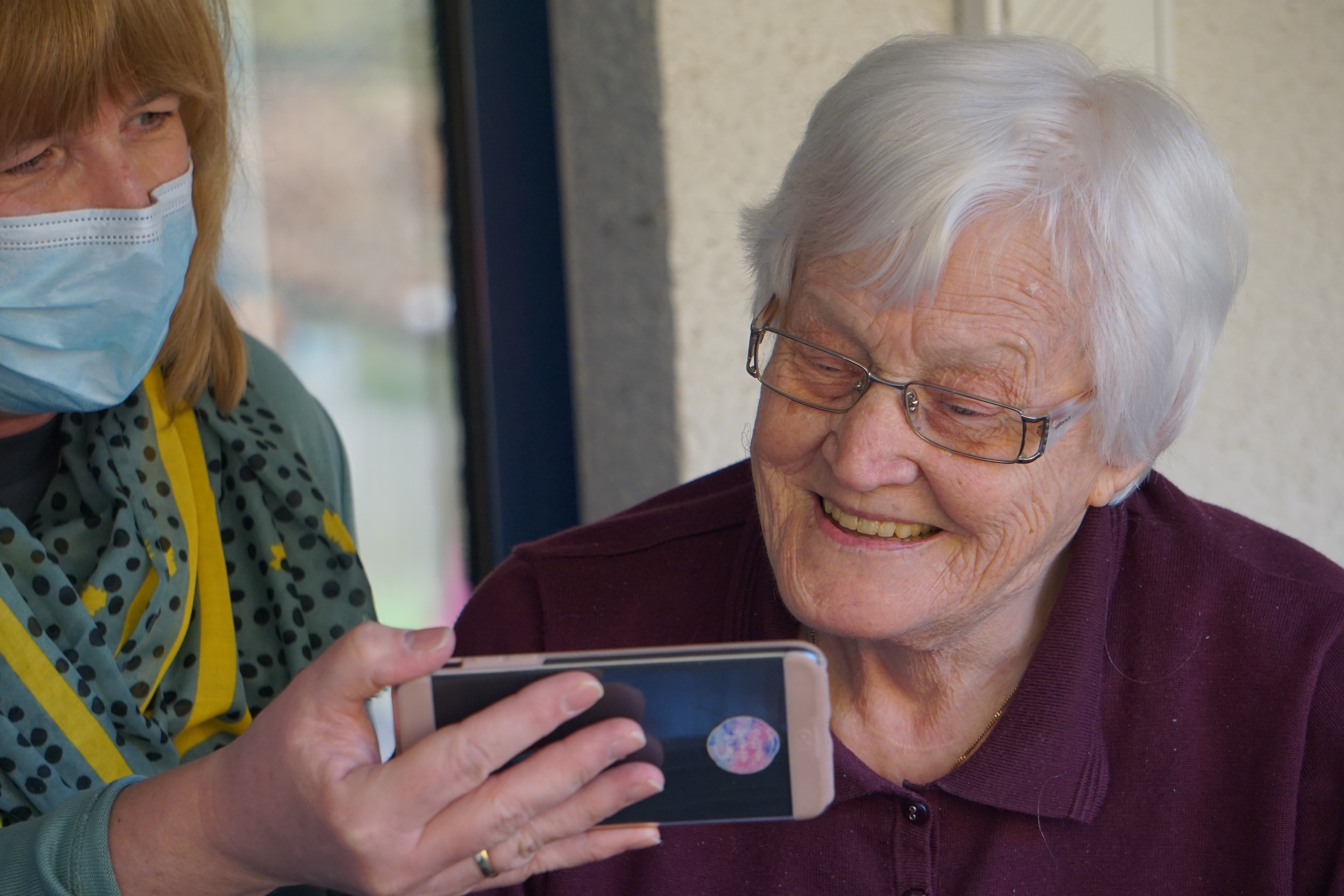
5 Tips to Help Prevent Back Pain and Injury
June 22 2021
Ways to Protect Your Back as a Caregiver
Being a caregiver means that you have a lot of physical demands on you. There’s housekeeping and yard work to help with as well as lifting and transferring the patient or your loved one. Not to mention that you spend a huge portion of your day on your feet. All this can take a toll on your physical well-being, but most especially on your back.
As a caregiver, shoulder and back injuries can be common thanks to all the bending, stooping over and lifting that you do. However, there are steps you can take to help protect your back from injury and pain.
Daily Stretching
1 To help keep your muscles limber and strong, it’s important to stretch. Before starting your day, take a few minutes to carefully stretch your muscles out. Stretching keeps your muscles more resilient and helps lower your risk of injury and pain. Then be sure to stretch throughout the day as you need it. Then at the end of your day, take a few minutes to stretch again to relieve stress and pain.
Vitamins and Diet
2 What you eat and your stress levels can play a role in the health of your muscles. Be sure that you are eating a nutrient dense diet and taking a daily multivitamin. Eating more fish full of omega-3 fatty acids (like salmon) have powerful anti-inflammatory properties. If you don’t enjoy eating fish, consider taking a fish oil supplement. Be sure that you consult with your doctor before changing your diet or taking any supplements to ensure it does not interact with anything you are currently taking.
Practice Proper Posture
3 Your grandmother was right about sitting up straight! It’s key that you maintain proper posture throughout your day. This will help you avoid muscle fatigue and pain caused by standing and sitting out of alignment, so avoid positions that cause your head and shoulders to slouch forward. Your shoulders should be relaxed but not slouched, and your head should be centered over your shoulders. When sitting, choose a chair that has good back support and sit with your feet on the floor and don’t cross your ankles under your chair. To help when you are standing, wear shoes with good support and comfort. When helping the patient, avoid staying in bent over or stooped positions for prolonged periods. Also avoid side bending or twisting when bent over.
Use Proper Lifting Technique
4 Lifting and transferring is probably part of your daily routine. Doing it with improper technique can also cause serious injury and pain to your back and it might even be harmful to your patient. A sudden pain from wrong technique can pose a fall risk to your patient.
Follow these steps to safely lift your loved one or patient:
- Stand as close to the patient as possible with your feet planted firmly and in a stable position. If possible, place one of your feet in between the feet of the patient and your other foot on the outside. This will create optimum stability when lifting and transferring the patient.
- Face the person you are lifting and then slightly bend at the knees, squatting in preparation. Hold your abdominal muscles and keep your back straight. This adds power to your lift and encourages additional strength from your arms and legs, rather than your back.
- Do not lean over as this will cause excess strain. Then attempt to lift in a smooth, flowing motion, pushing upward with your leg muscles.
Follow these steps to safely turn your loved one or patient over:
- For stability, distribute your weight equally between your feet.
- Avoid bending forward as much as possible while turning the person.
If you don’t think you can handle lifting or turning the patient over on your own, don’t be afraid to ask for help. Keeping you and the patient safe are of the utmost importance. Also be sure to avoid awkward positions during other tasks, such as when you help the patient get dressed or bathe.
Consider Using a Back Brace
5 A back brace can add extra support and keeps your lower back strong so you can support the weight of the other person. Using it in conjunction with proper mechanics can significantly reduce the risk of injury while caring for someone else. Make sure that your back brace fits properly, otherwise it can do more harm than good. Have a trained healthcare professional assist you in finding the right back brace for you.





